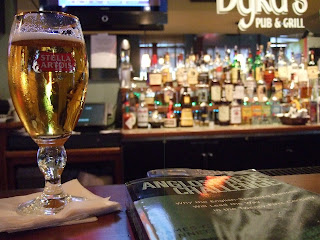Presuming the residual antipathies Lex quoted in I see no reason why gunpowder treason should ever be forgot to be characteristic of UK media figures, we have one more reason to regard tasteless American ahistoricity as a feature rather than a bug, because endocrine-system reactions to “Roman Catholic” are, I believe, just about inconceivable here, and certainly not because we’ve all translated into a higher plane of flawlessly nontheistic rationality.
I was going to make this a comment on Lex’s post but then realized that I wanted to pile on the links, which would choke the comment-spam filter faster than a Greenpeace activist on a tour of a nuclear power plant. So away I go with a barrage of autobiographical details, which is the price of a post written by me that’s anything other than hopelessly abstract. Gosh, you’re thinking, I can’t wait to see this!

